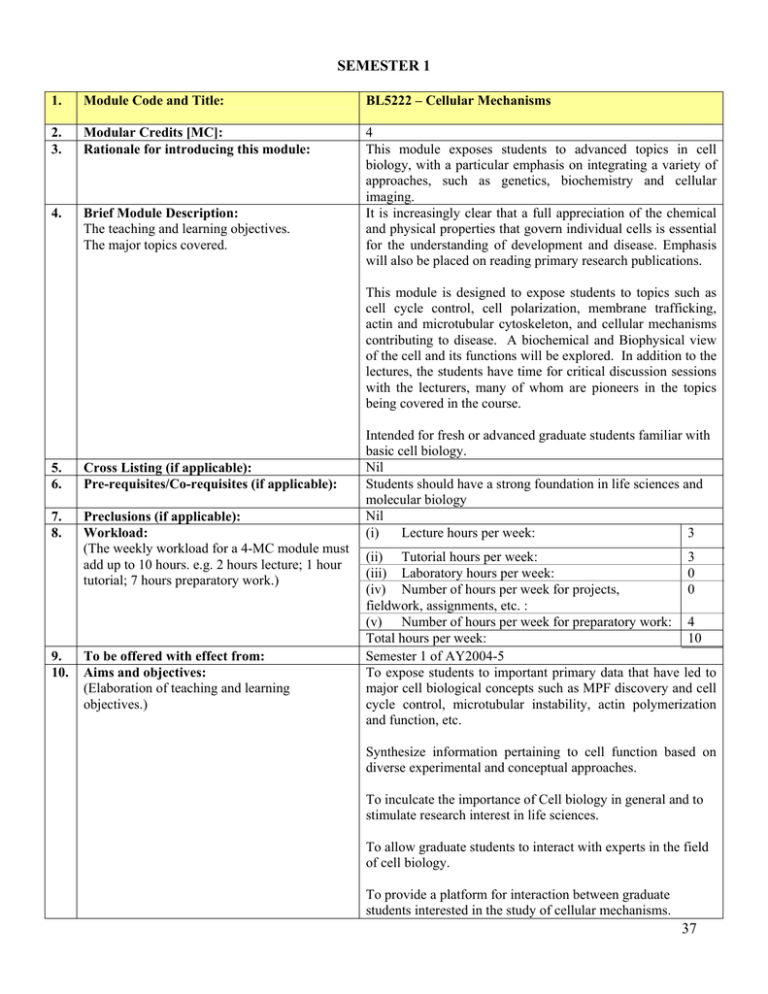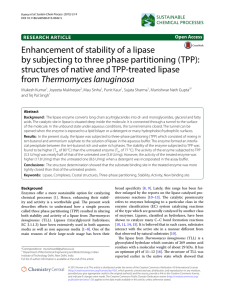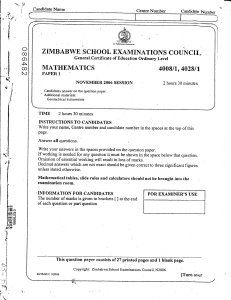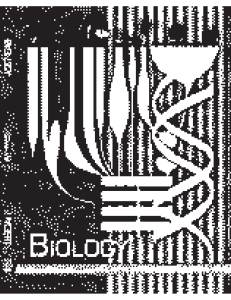BL5222 - Department of Biological Sciences
advertisement

SEMESTER 1 1. Module Code and Title: BL5222 – Cellular Mechanisms 2. 3. Modular Credits [MC]: Rationale for introducing this module: 4. Brief Module Description: The teaching and learning objectives. The major topics covered. 4 This module exposes students to advanced topics in cell biology, with a particular emphasis on integrating a variety of approaches, such as genetics, biochemistry and cellular imaging. It is increasingly clear that a full appreciation of the chemical and physical properties that govern individual cells is essential for the understanding of development and disease. Emphasis will also be placed on reading primary research publications. This module is designed to expose students to topics such as cell cycle control, cell polarization, membrane trafficking, actin and microtubular cytoskeleton, and cellular mechanisms contributing to disease. A biochemical and Biophysical view of the cell and its functions will be explored. In addition to the lectures, the students have time for critical discussion sessions with the lecturers, many of whom are pioneers in the topics being covered in the course. 5. 6. Cross Listing (if applicable): Pre-requisites/Co-requisites (if applicable): 7. 8. Preclusions (if applicable): Workload: (The weekly workload for a 4-MC module must add up to 10 hours. e.g. 2 hours lecture; 1 hour tutorial; 7 hours preparatory work.) 9. 10. To be offered with effect from: Aims and objectives: (Elaboration of teaching and learning objectives.) Intended for fresh or advanced graduate students familiar with basic cell biology. Nil Students should have a strong foundation in life sciences and molecular biology Nil (i) Lecture hours per week: 3 (ii) Tutorial hours per week: 3 (iii) Laboratory hours per week: 0 (iv) Number of hours per week for projects, 0 fieldwork, assignments, etc. : (v) Number of hours per week for preparatory work: 4 Total hours per week: 10 Semester 1 of AY2004-5 To expose students to important primary data that have led to major cell biological concepts such as MPF discovery and cell cycle control, microtubular instability, actin polymerization and function, etc. Synthesize information pertaining to cell function based on diverse experimental and conceptual approaches. To inculcate the importance of Cell biology in general and to stimulate research interest in life sciences. To allow graduate students to interact with experts in the field of cell biology. To provide a platform for interaction between graduate students interested in the study of cellular mechanisms. 37 11. 12. Maximum Class Size: Syllabus: (Elaboration of major topics covered.) 13. Assessment: (Please indicate the % breakdown for each continuous assessment [CA] component and the % for the Final Examination.) 14. Module Lecturer/s: (Name/s and Department/s.) 15. Modes of Teaching and Learning: (Lectures, regular tests, Q & A, IVLE, problembased learning.) Illustrative Basic Reading List: (i) Compulsory reading: 16. (ii) Supplementary reading: 50 Cell Cycle Control, prokaryotic and eukaryotic Regulation of Cytokinesis Cell polarization Membrane trafficking Actin and Microtubule cytoskeleton Cell Biological Methods CA Components: (a) Tutorials: 35% (b) Laboratories: 0% (c) Tests: 60% (d) Others: (Participation in lecture discussion) 5% Total for CA Components: 100% (i) Principle Mohan Balasubramanian (TLL; DBS-NUS), Lecturer/s Snezhana Oliferenko (TLL; DBS-NUS), Maki Murata Hori (TLL; DBS-NUS), Naweed Naqvi (TLL; DBS-NUS) Hanry Yu (IBN and NUS) (ii) Alternative Invited guest lecturers (local and lecturer/s: international) Lectures, regular discussions and/or tutorials To be recommended by the respective tutors (handouts or lecture notes or recommended reading material will be provided a week in advance) To be recommended by the respective tutors 38




